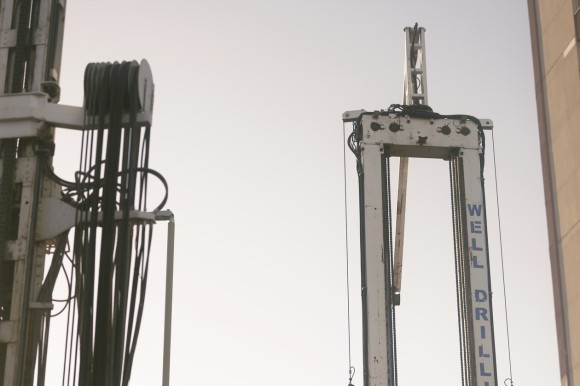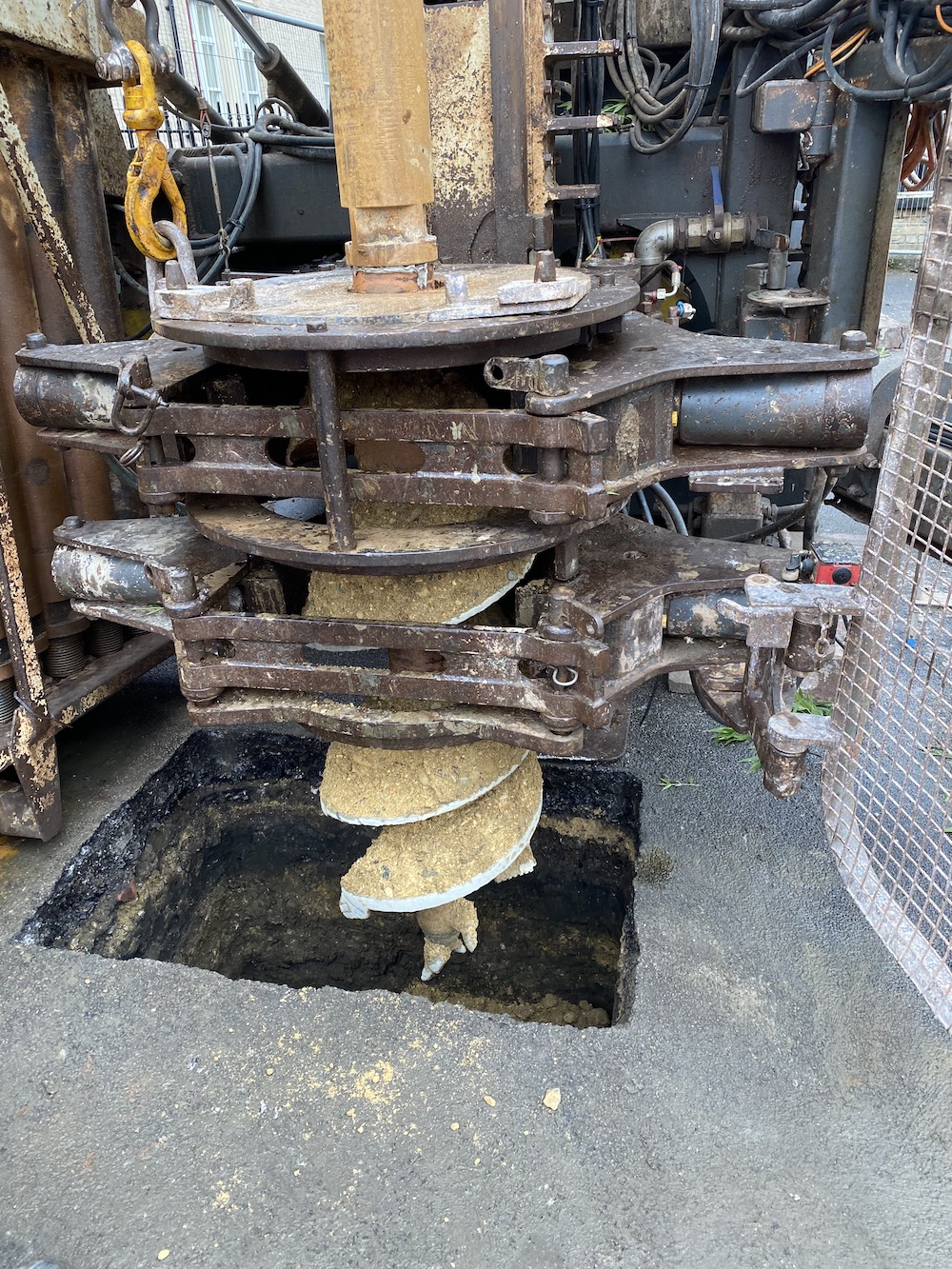What is geothermal heating?
Find out how you can stay warm with geothermal heating. Be preapred for the boiler ban.
With the government releasing plans for a green revolution, which includes gas boilers being banned, its evident renewable energy solutions are a hot topic.
In the article, ‘Renewable Energy Trends to Expect in 2021,’ Renewable Energy Magazine predicted that geothermal heat will soon be used to warm neighbourhoods. At Igne, delivering these district ground source heating schemes is one of our key objectives for 2021 and beyond.
In this article we explain what geothermal heating is and why we’re so excited about it.
What is geothermal heating?
The word ‘geothermal’ has Greek roots, ‘geo’ means ground and ‘thermal’ means heat. The word itself means ground heat.
Just as a fridge works by transferring heat from inside to outside, a ground source heat pump for geothermal heating uses this principle in reverse, extracting heat from the ground or water beneath the ground to warm buildings. It is the transfer of energy that enables the change in temperature.
There are 2 categories of geothermal heating: air and ground. At Igne we specialise in drilling boreholes to source water beneath the ground to supply energy to ground source heat pumps (GSHP).
Although the most common term is geothermal heating this system can actually be used in reverse. This means this system can keep your home cool in the summer and warm in the winter.
How does geothermal heating work?
The earth is an excellent insulator. Due to its insulating properties, regardless of season, the temperature beneath the ground level remains consistent. This means that in the winter the temperature below the ground will be warmer than the air temperature, whereas in the summer the temperature beneath the ground surface will be cooler.
With the right equipment, you can tap into this natural renewable energy supply and use it to heat your home, providing you with a free, sustainable source of energy perfect for regulating the temperature of your building.
This heat source is harnessed either through closed loop or open loop heat pump technology.
How open-loop ground source heating solutions work
An open loop ground source heating system is powered via boreholes (something we have over 40 years’ experience drilling). Water is extracted from a borehole and passed through the heat pump which concentrates the thermal energy and transfers it to air in a conventional ductwork system or a wet central heating system, which is circulated to heat the home.
In the summer, this process can be reversed and excess heat can be pumped from the home or redirected to heat domestic hot water in order to cool the house.
With open loop ground source heating solutions, the water utilised is then filtered back into a discharge borehole.
Open loop renewable heating systems tend to be better for larger, commercial projects such as housing developments or district heating schemes. Open loop heat pumps can be utilised by the domestic market if there's enough space to drill two boreholes, and geological reports indicate there is sufficient water beneath the ground’s surface.
Understanding closed loop renewable heating solutions
Rather than utilising sub ground water, a closed loop heat pump extracts heat from the earth.
The solution involves the digging of trenches deep below the ground surface. A mixture of water and antifreeze then travels through the closed network of pipes. This network is what is known as the ground loop.
One part of the circuit exchanges heat with the ground and the other part exchanges it with the evaporator or heat pump. The heat pump enables the energy to filter through your home / workplace, either heating it or cooling it.
Typically, closed loop heat pumps will be utilised for domestic projects whereas open loop can be more efficient for bigger commercial works.
Is geothermal heating renewable?
Yes!
Ground source heat pumps work with nature, not against it. The heat and cooling properties come from heat transfer, not from burning fossil fuels. This gets a much bigger tick from mother nature.
A small amount of electricity is needed for a heat pump, but for every unit used, a GSHP can generate 3 to 5 units of heat.
The concept of effective ground source heating has already been proven in Sweden, North America, Switzerland and Germany – and we have taken this learning and are now applying it for larger commercial housing developers in the UK, as well as councils. Speak to us today to learn more – and to see how we can assist you to tap into this sustainable heat source.
Key consideration before getting a GSHP
Ground source heat pumps work best in well insulated properties with no drafts. When used with below floor heating, you have a recipe for a home that stays the perfect temperature all year round.
GSHPs may have a larger upfront cost than traditional boilers, but with annual maintenance they can last for generations and drastically reduce your heating costs. The Green Homes Grant campaign can provide financial support for improvements that make homes greener and more energy efficient, aiding this initial cost.
Additionally, the UK Government’s Domestic Renewable Heat Incentive (RHI) provides financial support to owners of renewable heating systems.
You can find out more about GSHPs on the Ground Source Heat Pump association website. We are proud to be members.
If you’d like a free, initial consultation contact us today.
Other articles of interest

Geothermal energy from water in abandoned mine workings
Igne drills boreholes to access water in abandoned mine workings to provide clean geothermal energy for district heating schemes - watch our General Manager discuss the latest project.

Drilling a borehole in Cambridge for ground source heat
The Igne team overcame geophysical issues to drill a borehole for open loop ground source heating in Cambridge.


